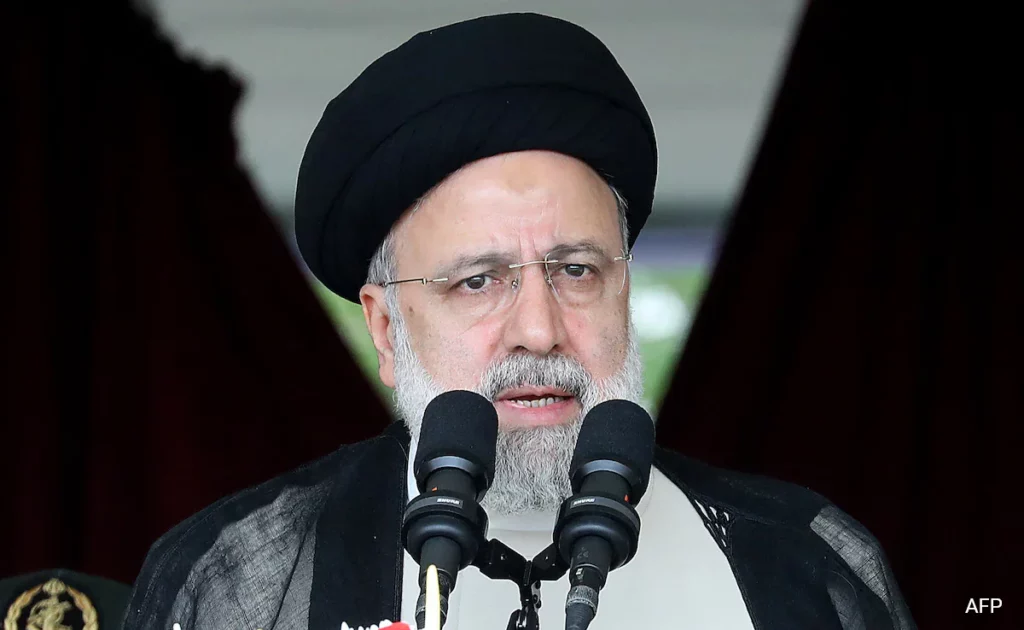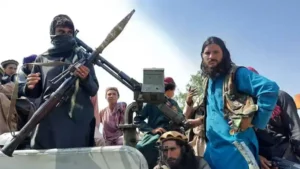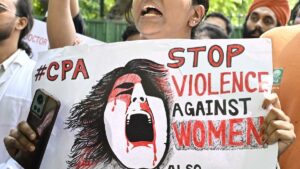Has Iran become a nuclear weapons power in secret?

Helicopter Accident in Iranian President's
The question of whether Iran has secretly developed nuclear weapons capabilities is complex and fraught with geopolitical implications. This blog explores Iran’s nuclear program, its potential pathways to weaponization, and the international response to its activities.
Background of Iran’s Nuclear Program
Iran’s nuclear ambitions date back several decades, with significant developments occurring since the early 2000s. Initially, Iran’s program was framed as peaceful, aimed at generating electricity. However, the discovery of clandestine facilities in 2002 raised suspicions about its true intentions, leading to increased scrutiny from the International Atomic Energy Agency (IAEA) and international powers.
The Amad Plan
In the early 2000s, Iran operated a covert nuclear weapons program known as the Amad Plan. This initiative was reportedly designed to develop nuclear weapons but was officially halted in 2003 under international pressure. However, experts believe that many elements of this program remain intact and could be reactivated if the political climate shifts12.
Current Status of Enrichment Activities
As of 2024, Iran has made significant advancements in uranium enrichment. Reports indicate that it has accumulated substantial amounts of uranium enriched to 60%, which is just a step away from weapons-grade levels (90% enrichment)4. The IAEA has detected uranium particles enriched up to 83.7% at Iran’s Fordow facility, underscoring the country’s proximity to achieving nuclear weapons capability4.
Breakout Timeframes
Iran’s breakout time—the period required to produce enough fissile material for a weapon—has fluctuated due to various factors, including international agreements and domestic developments. Following the U.S. withdrawal from the Joint Comprehensive Plan of Action (JCPOA) in 2018, Iran began breaching its commitments under the accord, shortening its breakout timeline significantly45. Current estimates suggest that Iran could potentially achieve a nuclear weapon within six months if it accelerates its efforts1.
Paths to Weaponization
Iran has multiple pathways for weaponization:
- Accelerated Development: This involves quickly assembling a few crude nuclear weapons using existing materials and technology. This approach could be executed discreetly within smaller facilities that are harder to detect1.
- Reconstitution of Amad Plan: Iran could also opt to fully revive its earlier Amad Plan, which would require significant infrastructure and expertise but would allow for serial production of warheads suitable for delivery by ballistic missiles12.
Secrecy and Covert Operations
The risk of secret sites is a major concern for international observers. Historically, Iran has utilized clandestine facilities for its nuclear activities, making it difficult for intelligence agencies to monitor its progress effectively. The development of more advanced centrifuges allows Iran to operate smaller enrichment sites that are easier to conceal2. Since February 2021, Iran has restricted IAEA access to crucial facilities, further complicating verification efforts24.
International Response and Future Implications
The international community remains divided on how to handle Iran’s nuclear ambitions. While some advocate for renewed diplomatic efforts and engagement, others call for stricter sanctions or military options. The recent escalation in regional tensions—exemplified by Iranian support for militant groups—adds urgency to the debate over how best to prevent Iran from becoming a nuclear power45.
Conclusion
While Iran has not officially declared itself a nuclear weapons state, its advancements in uranium enrichment and potential pathways to weaponization raise significant concerns. The combination of advanced technology, reduced transparency with international inspectors, and historical precedents of covert operations suggests that Iran may be closer than ever to achieving its goal of becoming a nuclear weapons power—potentially in secret. The global community must navigate this complex landscape carefully, balancing diplomatic engagement with stringent oversight measures to mitigate the risks posed by an armed Iranian nuclear capability.






